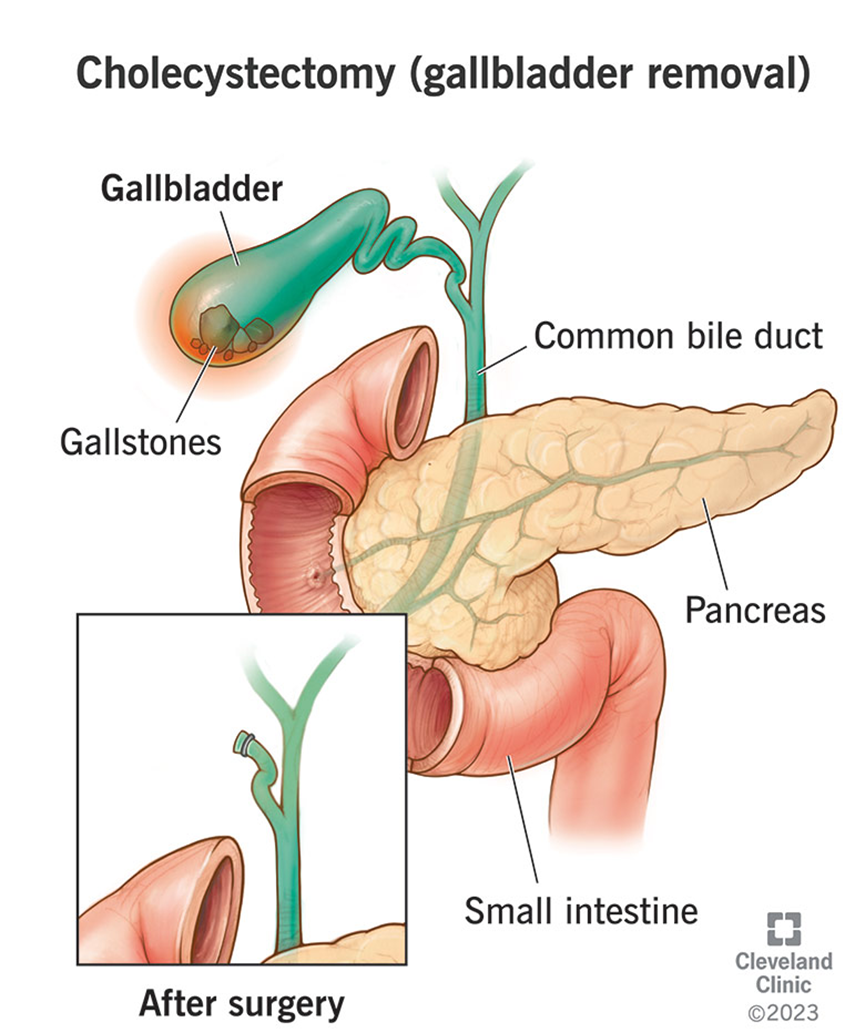A public health nurse is teaching a group of nurses about smallpox. Which of the following statements by one of the nurses indicates understanding of the teaching?
Unlike chickenpox, the vesicles of smallpox are more abundant on the face.
Smallpox lesions appear in various stages of healing.
Vaccination against smallpox provides lifelong immunity.
There are rare, occasional occurrences of smallpox.
The Correct Answer is A
Choice A reason: Unlike Chickenpox, the Vesicles of Smallpox Are More Abundant on the Face
This statement indicates an understanding of the teaching. Smallpox lesions are indeed more abundant on the face and extremities compared to chickenpox, which tends to have a more central distribution on the trunk. Smallpox lesions are also typically more uniform in their stage of development, whereas chickenpox lesions can appear in various stages of healing simultaneously.
Choice B reason: Smallpox Lesions Appear in Various Stages of Healing
This statement is incorrect. Unlike chickenpox, where lesions can be in different stages of healing at the same time, smallpox lesions generally progress through the same stages simultaneously. This uniformity in lesion development is a distinguishing feature of smallpox.
Choice C reason: Vaccination Against Smallpox Provides Lifelong Immunity
This statement is partially correct but needs clarification. The smallpox vaccine provides long-lasting immunity, but it may not be lifelong. Immunity can wane over time, and booster vaccinations may be necessary for continued protection.
Choice D reason: There Are Rare, Occasional Occurrences of Smallpox
This statement is incorrect. Smallpox was declared eradicated in 1980 by the World Health Organization (WHO). There have been no naturally occurring cases of smallpox since then. The only known stocks of the virus are kept in secure laboratories for research purposes.
Nursing Test Bank
Naxlex Comprehensive Predictor Exams
Related Questions
Correct Answer is B
Explanation
Choice A reason:
Supported Sims: The Supported Sims position involves lying on one side with the lower arm behind the back and the upper thigh flexed. This position is not typically recommended for postoperative cholecystectomy patients as it does not provide optimal support for breathing and comfort.
Choice B reason:
Semi-Fowler’s: The Semi-Fowler’s position, where the head of the bed is elevated to about 30-45 degrees, is ideal for postoperative cholecystectomy patients. This position helps facilitate breathing, reduces the risk of aspiration, and promotes comfort by reducing tension on the abdominal muscles.

Choice C reason:
Dorsal recumbent: The Dorsal recumbent position involves lying flat on the back with knees bent and feet flat on the bed. While this position can be used for certain procedures, it is not the most comfortable or beneficial for postoperative cholecystectomy patients as it can increase abdominal pressure and discomfort.
Choice D reason:
Prone: The Prone position, where the patient lies flat on their stomach, is not suitable for postoperative cholecystectomy patients. This position can cause discomfort and does not support optimal breathing or reduce abdominal tension.
Correct Answer is ["C","D"]
Explanation
Choice A reason: Botulism is Acquired Through Direct Contact with an Infected Person
Botulism is not acquired through direct contact with an infected person. It is caused by a toxin produced by the bacterium Clostridium botulinum. The most common forms of botulism are foodborne, wound, and infant botulism. Foodborne botulism occurs when a person ingests food containing the toxin, while wound botulism occurs when the bacteria infect a wound and produce the toxin. Infant botulism occurs when infants ingest spores of the bacteria, which then grow and produce the toxin in their intestines.
Choice B reason: Notify the Centers for Disease Control and Prevention (CDC) When More Than Three Cases Are Confirmed
While notifying the CDC is crucial in the event of a botulism outbreak, the specific threshold for notification can vary. Generally, any suspected case of botulism should be reported to public health authorities immediately due to the severity of the disease and the potential for outbreaks. The CDC provides guidelines for reporting and managing botulism cases.
Choice C reason: Botulism Can Produce Paralysis Within 12 to 72 Hours Following Exposure
Botulism can indeed produce paralysis within 12 to 72 hours following exposure. The toxin affects the nervous system, leading to muscle paralysis. Early symptoms include weakness, dizziness, and dry mouth, followed by more severe symptoms such as blurred vision, difficulty swallowing, and muscle weakness. If left untreated, botulism can lead to respiratory failure and death.
Choice D reason: Vomiting and Diarrhea Are Expected Findings Following Exposure
Vomiting and diarrhea may occur early, especially in foodborne or inhalational exposures, before neurologic signs appear
Choice E reason: Botulism is a Toxin Found in Castor Beans
Botulism is not a toxin found in castor beans. The toxin found in castor beans is ricin, which is a different type of bioterrorism agent. Botulism is caused by the botulinum toxin produced by Clostridium botulinum bacteria.

Whether you are a student looking to ace your exams or a practicing nurse seeking to enhance your expertise , our nursing education contents will empower you with the confidence and competence to make a difference in the lives of patients and become a respected leader in the healthcare field.
Visit Naxlex, invest in your future and unlock endless possibilities with our unparalleled nursing education contents today
Report Wrong Answer on the Current Question
Do you disagree with the answer? If yes, what is your expected answer? Explain.
Kindly be descriptive with the issue you are facing.
